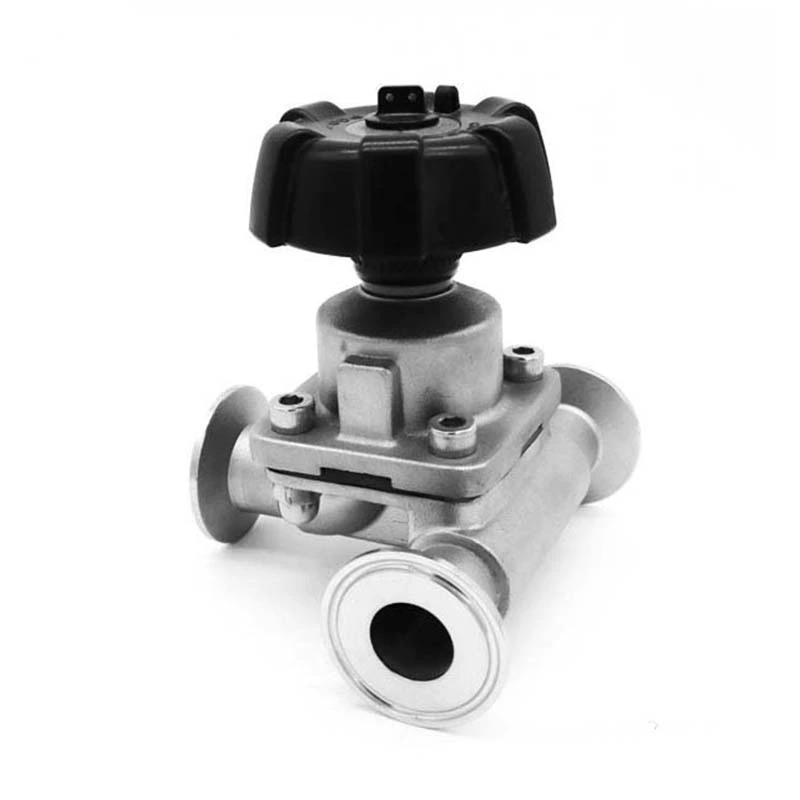How To Maintain And Install Stainless Steel Sanitary Diaphragm Valves
How to maintain and install Sanitary Diaphragm Valve
When using valves, you must pay attention to maintenance, especially sanitary valves, because sanitary valves are often used in food, pharmaceutical, and water treatment equipment. They need to be clean and free of impurities. Improper maintenance can easily cause dirt inside the valve, thus affecting the use of the valve. Let's talk about how to maintain stainless steel sanitary diaphragm valves. Please see the following points:
1. Both ends of the passage of the stock diaphragm valve must be sealed to prevent foreign matter from entering the inner cavity and damaging the sealing parts. And avoid contact with oil or other flammable items.
2. Diaphragm valves should be stored in a dry and ventilated room, and stacking is strictly prohibited.
3. The metal processing surface of the diaphragm valve should be cleaned of dirt and coated with anti-rust oil. The oil cup needs to be filled with lubricating grease frequently.
4. During transportation or installation, it is strictly forbidden to collide with other metal or hard objects to prevent damage to parts.
5. During storage or out of use, the handwheel should be rotated counterclockwise to keep the valve in a slightly open state to prevent the diaphragm from losing its elasticity due to long-term pressure.
6. Before installation, carefully check whether the operating conditions of the pipeline and the medium are consistent with the applicable scope of the valve to avoid unnecessary losses or even accidents caused by improper selection. Before installation, the inner cavity of the valve body should be cleaned to prevent dirt from blocking or damaging the sealing parts, and check whether the connecting bolts of each component are evenly distributed and tightened.
7. Before the diaphragm valve that has been repaired is used, it must be installed after passing the sealing test according to the relevant test regulations.
8. Except for being not suitable for use on vacuum pipelines, it can be installed at any position of the pipeline for two-way flow, but the convenience of operation and maintenance should be ensured.
9. The pneumatic sanitary diaphragm valve should be connected to the gas source according to the function of the cylinder (single-acting or double-acting) to avoid leakage due to wrong connection.
10. During operation, the parts in contact with the medium must be checked frequently, and the vulnerable parts should be replaced regularly according to the actual use.
11. When replacing the diaphragm, be careful not to tighten or loosen the diaphragm too much.
12. When used in intermittent operation pipelines, the parts in contact with the medium should be cleaned during the period of non-use to extend the service life.
13. When manually operating the diaphragm valve, the valve should not be opened or closed with the help of auxiliary levers to avoid excessive torque and damage to the driving parts or sealing parts.
The above are some precautions for the use of stainless steel sanitary diaphragm valves. Good maintenance can make the valve more durable.
